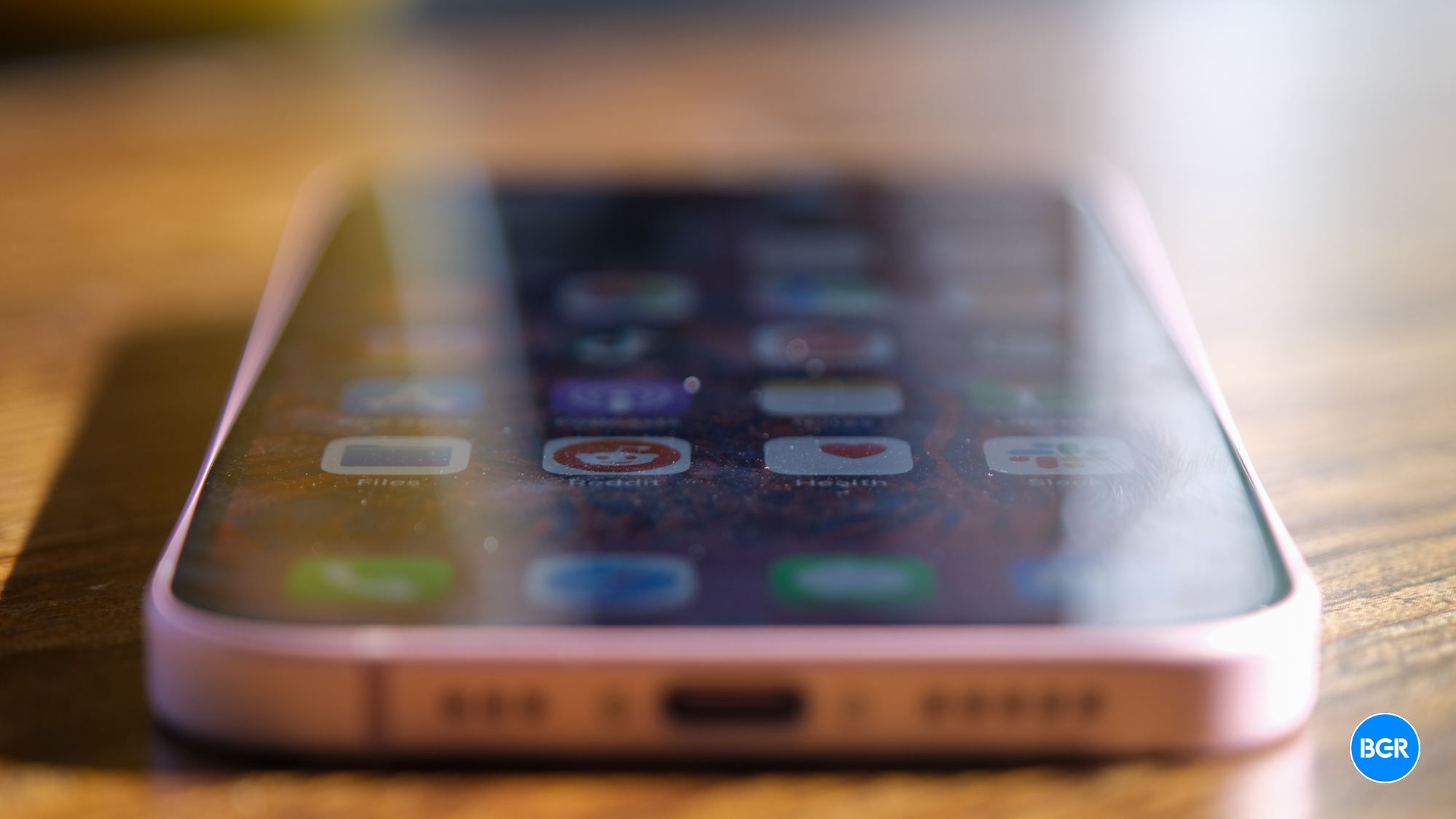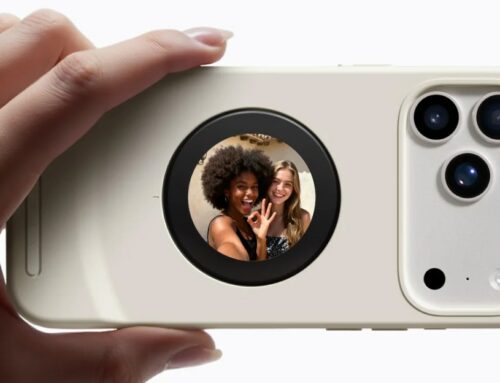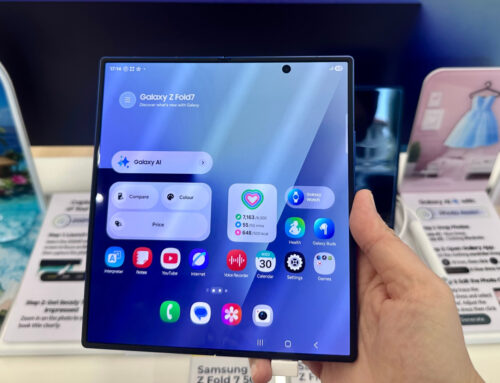Before the EU forced Apple to replace its Lightning connector with USB-C, there was a lot of talk about why the iPhone did not get USB-C until the iPhone 15 rolled out. It was said that Apple preferred to milk royalties from its Made for iPhone (MFi) program for Lightning accessories than make everyone’s lives easier by adopting the port most people already had cables for.
Then we also witnessed some outrage at the idea that Apple might require MFi-certified USB-C cables for the iPhone 15 series. So much so that even some EU officials got rattled. That never happened, however, and you can recharge your iPhone 15 with your existing USB-C cables. But that doesn’t necessarily mean you should.
As you’re about to see, an iPhone 15 Pro Max owner discovered that the USB-C port melted a generic USB-C cable, rendering the cable inoperable.
This should be a lesson to everybody out there. You should either stick to using Apple’s cables that come in the box, or get USB-C cables from trusted and recognized accessory makers.
Tech. Entertainment. Science. Your inbox.
Sign up for the most interesting tech & entertainment news out there.
By signing up, I agree to the Terms of Use and have reviewed the Privacy Notice.
Redditor NoisilyMarvellous posted the following image to show the damage. We’re looking at an iPhone 15 Pro Max with what’s left of a melted USB-C charging cable sticking out.
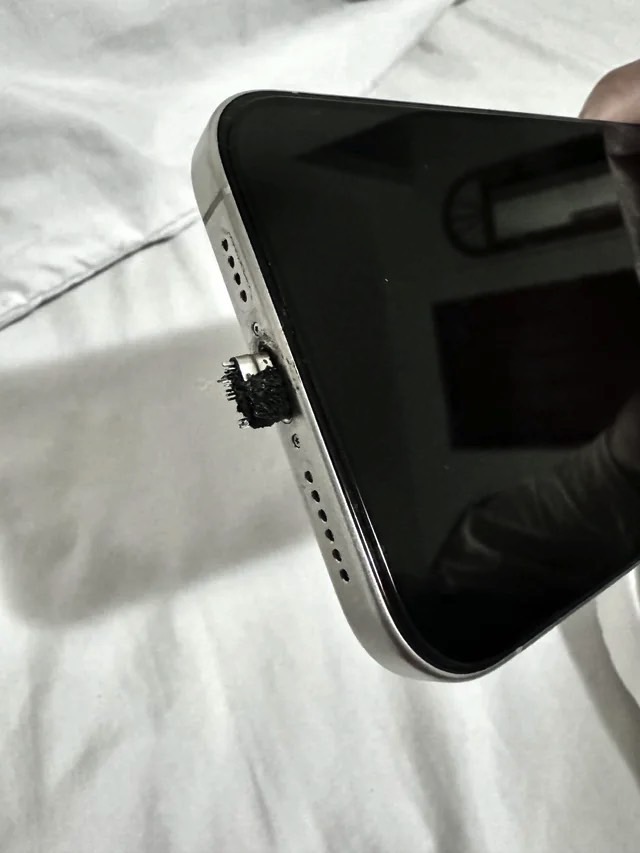
Here’s the user’s story:
I knew the iPhone 15 Pro Max gets hot, but a month into use mine got so hot while charging overnight that it literally left a burn on my finger.
When I took the charger off, it had melted some of the plastic, left burn marks on the body and stuck the metal part of the USB-C port into the phone.
How can I remove this? Also, is this a problem of the phone, the charging cable or the plug? I have had Optimised Charging switched on.
I don’t have AppleCare, is this something Apple will fix?
As you can see, the user did not specify what charging setup they relied on. You’d have to hunt through the comments to find the answer, which I did.
In a comment that got 317 downvotes at the time of this writing, the Redditor reveals that they had a travel adapter and a USB-C cable from Amazon. It’s a “generic” cable from Amazon, the user said in a different comment.
The person also revealed in the other comments they were not doing anything with the iPhone 15 Pro Max at the time of the incident. The handset was charging overnight as the owner was sleeping.
In a different reply, the user said it was a long charging cable for convenience. “Is it really a cable thing to make the phone overheat?” the user replied to a comment. “I assumed it was the phone, doesn’t the cable only conduct the power supplied by the plug or pulled by the phone?”
Many people replying to the post that went viral on Reddit speculated the charging cable was to blame. Some chastised NoisilyMarvellous for using a cheap generic USB-C cable to charge the handset.
In a different update, the Redditor said they were able to pull the melted plug from the USB-C port. But “the entire inside is blackened, and most importantly, it doesn’t charge with a cable charger anymore.”
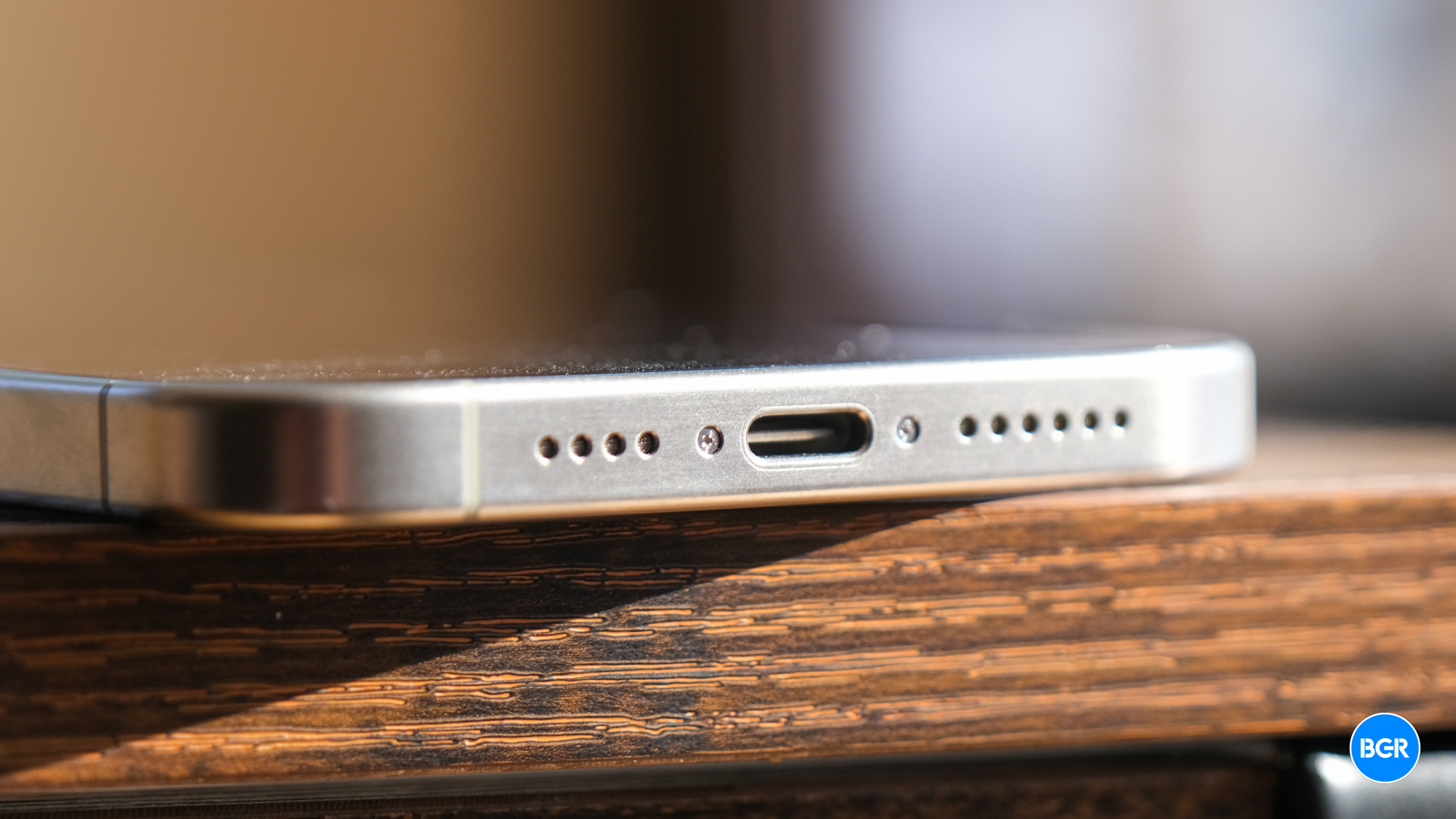
The good news in all of this is that the iPhone 15 Pro Max, like any iPhone launched since the iPhone X, supports wireless charging. The bad news is the repair might be costly, especially without extended AppleCare coverage.
As a longtime iPhone user, I’ll tell you I’ve never used generic chargers with any iPhone. I’ve relied on MFi cables or the Lightning cable that comes in the box. All iPhone 15 versions ship with USB-C cables, and I’d advise you to use those primarily for the iPhone.
Alternatively, you can use other Apple USB-C cables, like the ones that ship with your MacBook or iPad. I’d also use any cables coming from well-known accessory makers that have been making MFi products for previous iPhones.
But I’d never rely on a very cheap cable, the generic type that might be super affordable on Amazon. The same advice stands if you’re using wireless charging for the iPhone. Your wireless charger probably requires a USB-C cable. Make sure it’s a good one.
Finally, I’ll also say you should be careful with the USB-C cables you use with any device, not just the iPhone.

